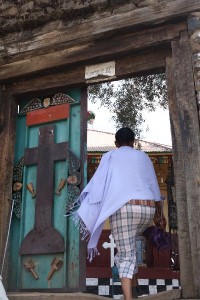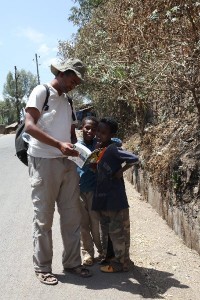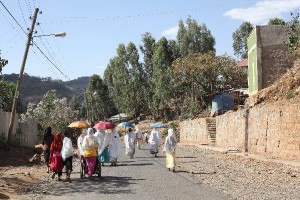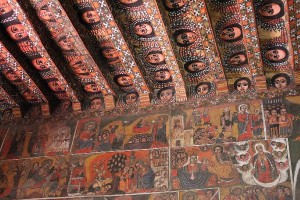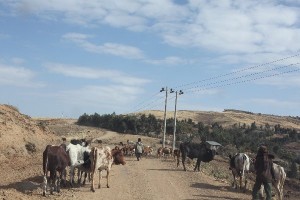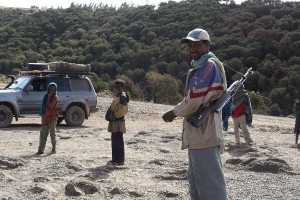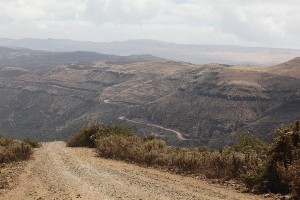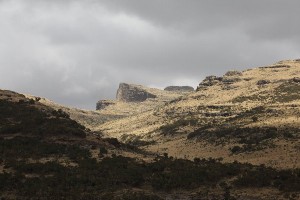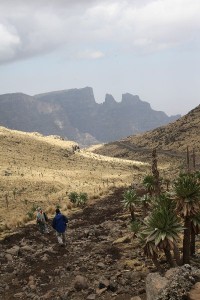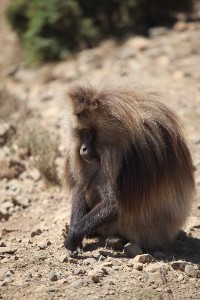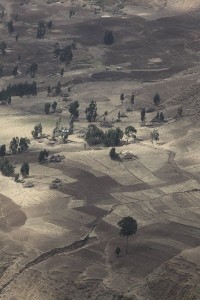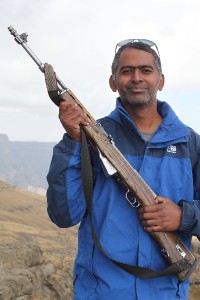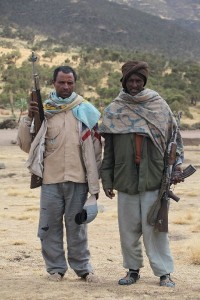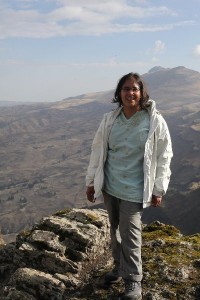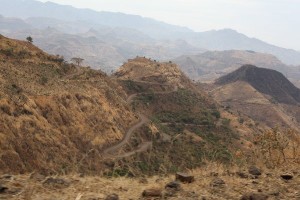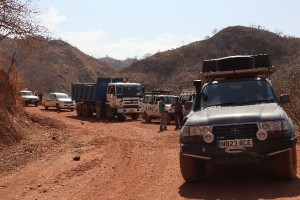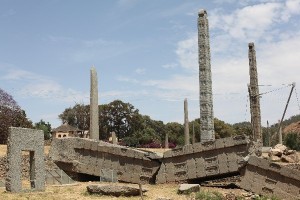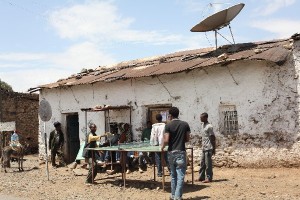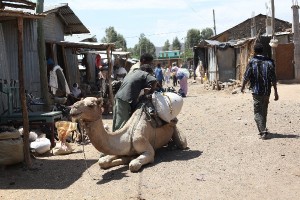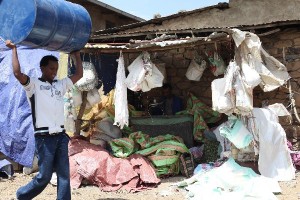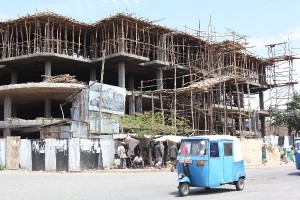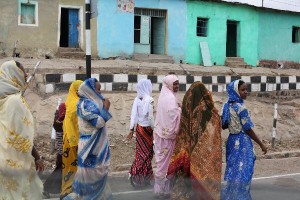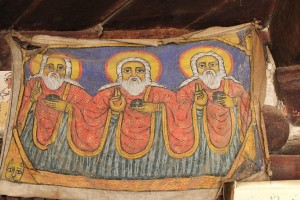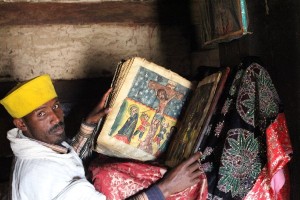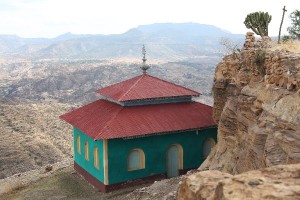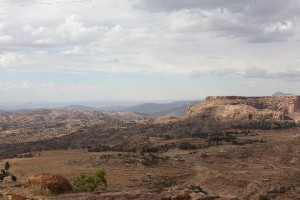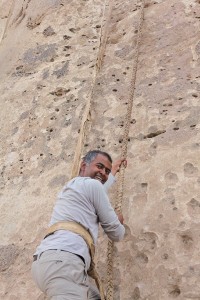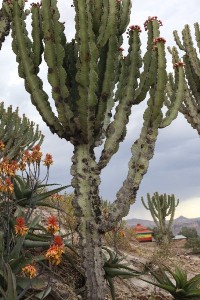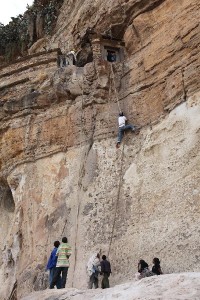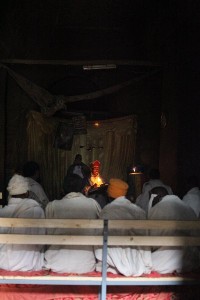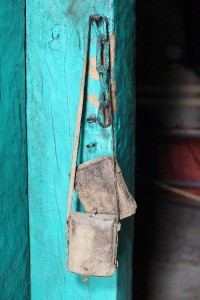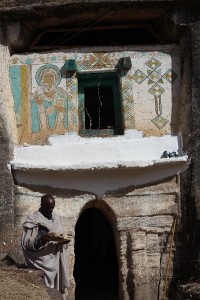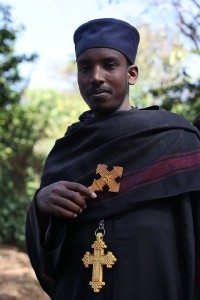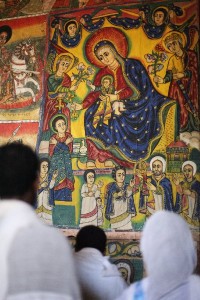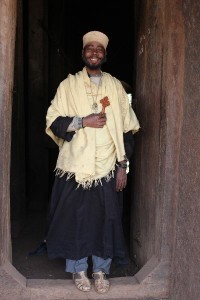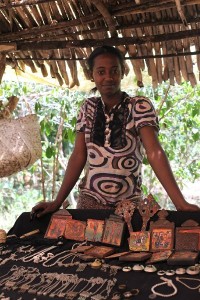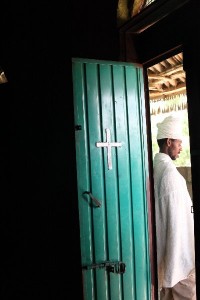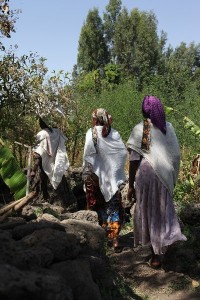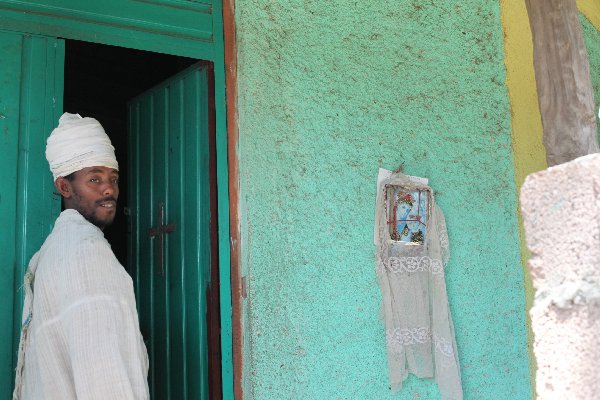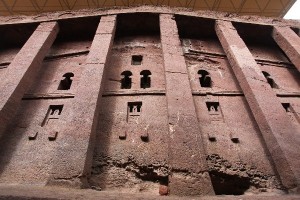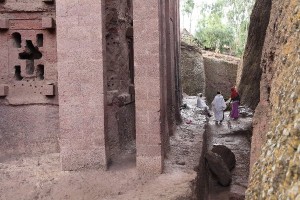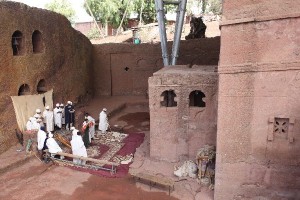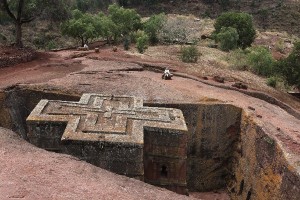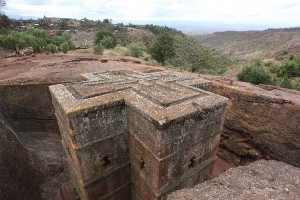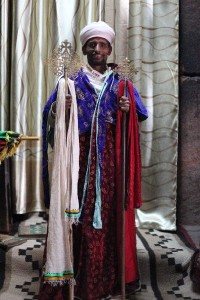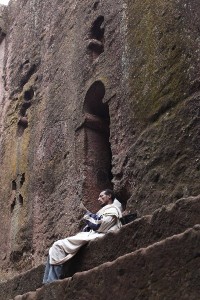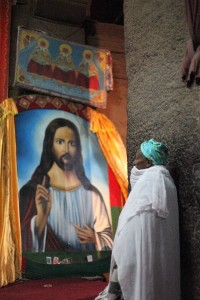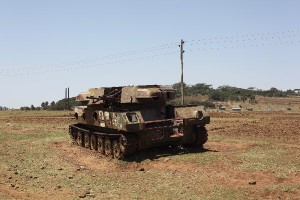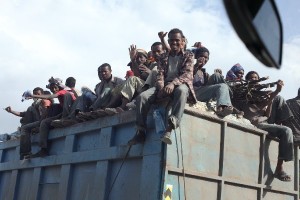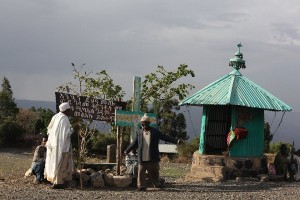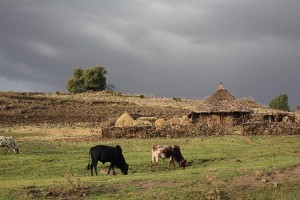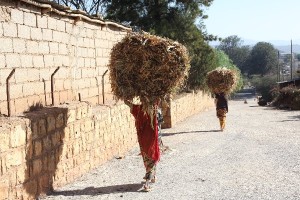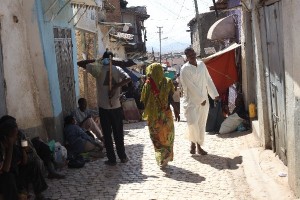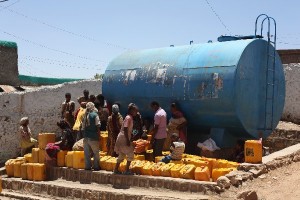The northern historical circuit in Ethiopia is a well worn travellers’ route and it was slightly strange to see so many tourists after seeing so few in Sudan. The northern circuit could also be known as the football circuit – if there’s an important football match, it will be projected onto a big screen at whichever hotel has a courtyard. Any tourists that happen to be parked up there and sleeping in their roof tent will inevitably get no sleep. Unsurprisingly, I am better informed about European football than ever before! I’m also incredibly thankful to be sleeping in our roof tent as I certainly wouldn’t want to be sleeping in the beds of some of the hotels whose courtyards we camped in!
Our aim on the northern circuit was to not get too ‘churched out’ before reaching Lalibela, where the most famous of Ethiopia’s rock hewn churches are. Gondar was our first major stop, complete with hotel touts. The touts are so lazy that instead of following you from one hotel to the next, they just call ahead! Still, the Royal Enclosure scattered with small 17th century castles was pleasant to wander around, but the highlight was seeing the beautifully decorated Debre Birhan Selassie – a small church with densely painted walls depicting various saints and scenes from the Life of Christ. The 80 cherubic faces on the ceiling are probably the most well known part of this church.
A drive and hike in the Simien Mountains provided a bit of a diversion for a couple of days from churches – a chance to see lots of gelada baboons, a few Walia ibex and some breathtaking vistas, including a glimpse of Ras Dashen, the highest peak in Ethiopia. More memorable still, as we have no spare seats in our car, was having to share my seat with our mandatory scout and his rifle on the drive to and from our camping spot in the National Park. We had to spend several minutes trying to work out what the best arrangement would be to keep his rifle in a safe position as he’s not allowed to let go of it at any time!
And if mountains weren’t enough to divert us from churches, the inability to engage our low range gears on the drive out of the national park was. A bolt had likely come loose, but back at base in Debark, it was difficult to tell what was a garage and what was a bakery! We tried to improvise a trench to take a look underneath, but it had started to rain and the ditches were filling up – ironic in a town that had no running water anywhere! We hoped we would find somewhere in Axum, our next stop and a bigger town, but it did mean we had to crawl very slowly down the hairpin bends on the drive there. Fortunately the 160km / 9 hour drive wasn’t nearly as scary and vertiginous as people had made it out to be, but the scenery did live up to expectations. (To give an idea of the road quality, the three German lads we had met in Sudan later emailed us and told us they had blown 4 tyres on this road!)
Fortunately the garages in Axum have pictures of cars, batteries and tyres painted on their walls to identify them. (Though worryingly, they don’t have many ‘whole’ cars in them, mostly burnt out shells)! Our low range gear was fixed and we had an interesting visit to the stelae field, which includes one which is 23m high and made of a solid block of granite from a quarry 4km away. One Axumite story has it that it was the work of the mysterious powers of the Ark of the Covenant, which is said to be kept in a church in Axum.
Tigre region, the area south of Axum, is known for its rock hewn churches and monasteries, carved into the mountainside and often quite inaccessible. We had heard about one where you had to climb up a rope to access, so that’s where we headed. Unfortunately only men could visit Debre Damo monastery, so while I waited at the foot of the cliff, Ven climbed up the 15 metre leather rope to visit the monastery. It also has what is likely the oldest church in Ethiopia, dating back to 10th or 11th century AD, as well as views out to nearby Eritrea, only 10km or so away. Surprisingly, Ven came back with some stunning photos – I may soon be out of a job!
We visited a number of other churches and monasteries in Tigre, Lalibela and also around Lake Tana which I could also enter, and even got chased out of one with by a rock wielding guardian as we tried to negotiate the entrance fee! We were very fortunate to be allowed to watch mass at Medhane Alem Kesho and the paintings in Ura Kidane Meret were especially beautiful and said to be done by the same artist as the beautifully painted church in Gondar. Bahir Dar, on the shores of Lake Tana, was also where we met Lucy and Rory. If you think we’re mad, this English couple are travelling around Africa in a Frankfurt Airport fire truck!
Lalibela was a highlight, and we were lucky enough to be shown around by a priest of one of the churches. There are 11 churches, largely cut into the rock deep underground, with passageways linking them. The most well known is Bet Gyorgis (St George) shaped as a cross. There is certainly a sense of spirituality in Lalibela, with people spending 2-3 hours a day in church. Masses often last 3 hours and you regularly see processions of people walking to churches, wrapped in their white shawls.
The road out of Bahir Dar took in the Blue Nile Gorge, another road with lovely scenery and lots of hairpin bends! After a short visa stop in Addis, we headed east to Harar with its old walled city and a mix of Christian, Muslim and tribal people. There are severe water shortages, and in many areas you see people walking for miles to buy water from the huge tankers that the town has trucked in.
On the way back, we inadvertently took a wrong turn and ended up on a road that allowed us a glimpse of the day to day life of some colourfully dressed tribes, but also tested our off-road skills. The phrase “are you sure we’re on the right road?” was repeated numerous times as we crossed riverbeds and climbed steep loose rock slopes. Still, it was only a taster of the rocky roads we were to face in the south….


